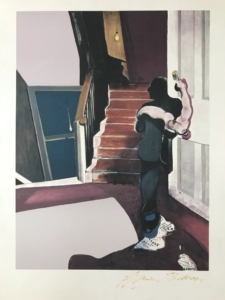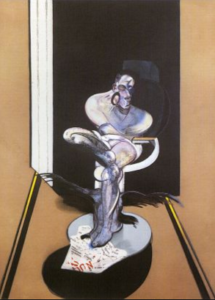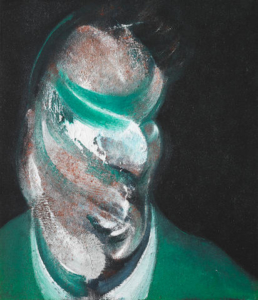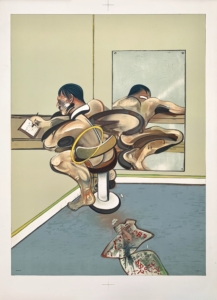Lying figure, 1969/2015
Diasec-mounted giclée print in colors, on Alu Dibond support, with printed signature on the label on the reverse, numbered from the edition of 150, published by The Estate of Francis Bacon and Heni Productions
77 4/5 x 58 inches (197.7 x 147.5 cm.)
All works are inspected prior to delivery, work will be sent out tracked and insured at buyers cost. If you'd like to make specific arrangements or discuss collection then please contact us directly.
Accepted: Wire transfer
ART PLEASE Assurance Policy: Every ART PLEASE seller has been approved by ART PLEASE after a thorough review. All of our sellers are required to accept the following ART PLEASE policy: A buyer may return an item purchased through ART PLEASE, if the item received is not as described in its listing, or is found to be unauthentic.
Francis Bacon is one of the most recognized figurative painters of the 20th century. His unique approach to painting has been influencing artists like Jenny Saville or Damien Hirst. Bacon's signature style is characterized by an energetic and visceral way of painting, with flat backgrounds and a powerful sense of motion. Exploring the human figure in its most distorted aspect, his imagery is often defined as terrifying because of the emotional physicality he attributes to each brushstroke. For Bacon, life inspired art, drawing on the themes and people that surrounded him and on the feelings that were found within him. He aimed to create art that challenged the viewer and resonated with his own personal world. Considered one of the most important British painters of modern age, Bacon’s paintings are among the world’s most valuable works of postwar art.
Lying figure, portraying a collapsed figure in a supine position, is among Francis Bacon’s more well-known works as the artist revisits the imagery, he first used in Three Studies for a Crucifixion in 1962. In his typical style, the body is slightly obscured, but nude and highly vulnerable conveying a deep and penetrating sense of examination. This example is the larger of the two formats.















